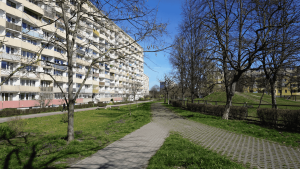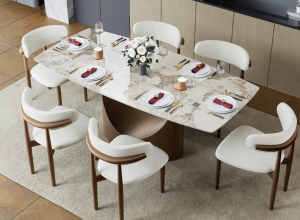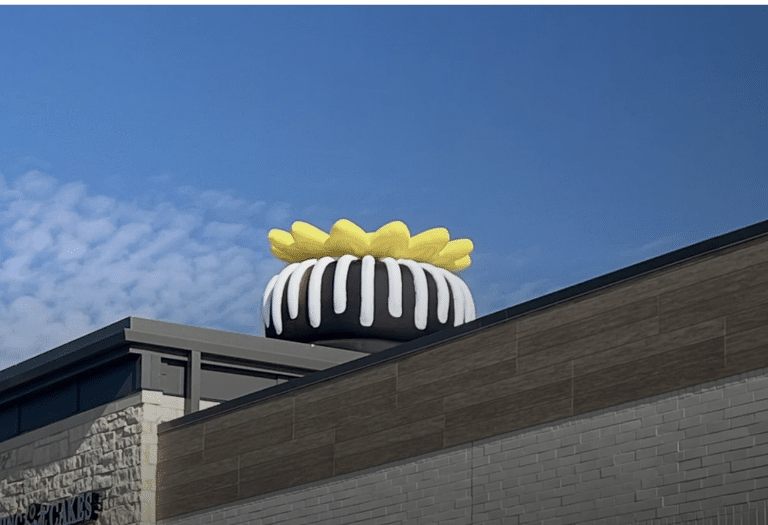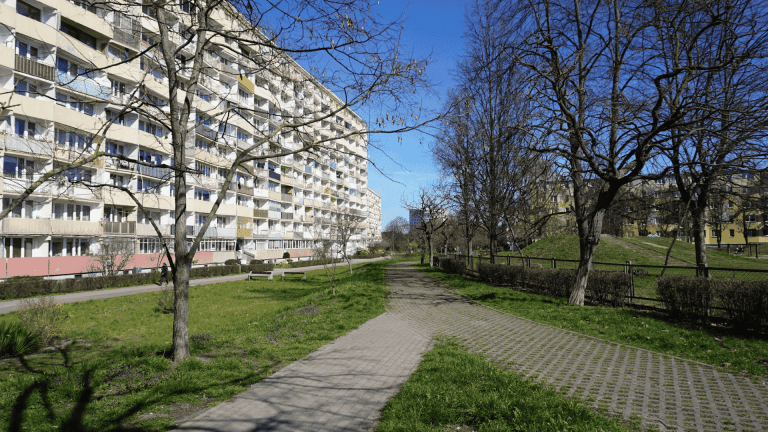Summer storms leave patios damp, and decks stay slick after short bursts of rain. Heat and pollen add stress to anything that sits outdoors, even when fully sheltered.
The right floor plan makes porches safer, patios easier to clean, and covered rooms feel connected to the house. Warm woods can suit sheltered areas, and finish choice matters more than most people expect. If you want a classic look under a roof, red oak hardwood flooring offers color and grain that match brick, stone, and painted trim.
Upgrade Covered Porches For Humidity
Covered porches keep direct rain off the surface for much of the year, which protects finishes from quick failure. In these settings, wood floors add warmth and help a porch read like a true room. Red oak fits here, as long as roof overhangs are deep and boards never sit in standing water.
Small details fight moisture before it becomes a problem during high humidity stretches. Leave consistent expansion gaps at the perimeter to handle seasonal swelling without buckling. Use a breathable rug pad beneath outdoor mats so water does not trap against the boards.
Ventilation helps a finish last longer, even when the floor rarely sees puddles. Plan for airflow under the surface with proper joist spacing and open skirting. Choose a satin topcoat for better traction, then refresh high traffic zones on a set schedule. For technical background on exterior wood finishing, review exterior wood finishes guidance from the Forest Products Laboratory at the USDA.
Build Breezeways And Mudroom Transitions That Take Abuse
Many homes use breezeways to connect garage and house, which collect grit and pet prints daily. Flooring that shrugs off tracked sand and soil reduces cleaning time and scratch risk. Red oak is dense enough to feel solid underfoot, yet it sands and refinishes well when scratches build.
Set the space up to catch water before it reaches the boards after wet yard work. Place a shoe tray near the entry and a stiff coir mat outside the threshold. Add a gentle slope away from the door if the breezeway opens on two sides, which helps surface drying after rinses.
Mudrooms benefit from a simple cleaning plan that fits everyday life and busy families. Keep a nylon brush and towel at the doorway for fast wipe downs after showers. Vacuum grit weekly with a soft brush attachment to protect the finish. If pets swim often, dry paws at the door and place a washable runner inside.
Use Screened Rooms For Shade, Air, And Fewer Pests
Screens and a solid roof keep direct rain off the floor during most storms, which helps finishes. That shelter allows warm wood tones without the constant soak and dry cycle that ruins coatings. Red oak flooring can suit these rooms, provided you raise thresholds and seal edges well.
Ventilation remains important even when boards never see standing water across the season. Install a ceiling fan and leave a small gap at base trim to promote airflow. Select a clear finish rated for periodic splash, not full immersion, and avoid thick films. Add nylon glides under chair legs so metal feet do not wear through the topcoat.
A monthly checklist keeps the surface ready for gatherings and long meals. Wipe with a damp microfiber cloth after heavy pollen weeks to protect sheen. Check screen seals and door sweeps so wind driven rain does not creep across the threshold. Shift furniture a few inches seasonally to even out sun exposure and color change.
Quick prep steps for screened rooms:
- Confirm overhang depth blocks wind driven rain in common storm directions.
- Seal edges with flexible exterior grade sealant before baseboards go on.
- Choose rugs labeled for covered outdoor rooms, then wash them quarterly.
Raise Short Boardwalks Over Soggy Spots
Low parts of the yard can stay wet after hard rain, making paths muddy and slippery. A short raised boardwalk fixes the mess by keeping feet above puddles and improving drainage. For fully exposed walkways, choose materials designed for constant weather exposure, such as composites.
Reserve red oak for covered transitions that connect the boardwalk to a pavilion or porch. That gives you a warm visual bridge where rainfall does not hit the boards directly. Where boards are exposed, pick species or products with natural decay resistance or weather ratings.
Drainage design keeps the structure sound over many seasons of use and cleaning. Space deck boards evenly, and use hidden fasteners if you prefer a clean surface. Lift the structure on piers or blocks that sit above grade, not directly on soil. Add gravel under the run to reduce splash back and discourage weeds near the supports.
Floor Under-Roof Outdoor Kitchens For Easy Cleanup
Outdoor kitchens see grease and food spills that ruin many surfaces fast without protection. A roofed pavilion or deep patio cover shields the floor and tames temperature swings. In that sheltered setting, red oak flooring sets a warm tone beside stone counters and metal.
Think through heat and splash zones before placing boards near grills, fryers, and sinks. Keep live flame gear on noncombustible pads or tile insets to control heat exposure. Protect the wood with a metal or stone strip where stools slide to stop scuffing. Fit wide base trim and seal back edges behind appliances to block splash and crumbs.
Maintenance should be planned like weekly menus and grocery lists during busy seasons. Wipe spills fast, then rinse with a barely damp cloth after dinner cleanups. Keep a spray bottle of neutral pH cleaner for food oil residue, then rinse with water. For general moisture control around buildings and materials, see this resource on preventing wood decay.
A Practical Finish For Outdoor Living
Thoughtful placement makes outdoor time easier for everyone who uses the space daily. Use warm wood in covered rooms, choose weather ready materials where rain hits hard, and match finishes to real cleaning habits. With steady care and smart details, your porches, passages, and pavilions will stay sturdy and welcoming.













